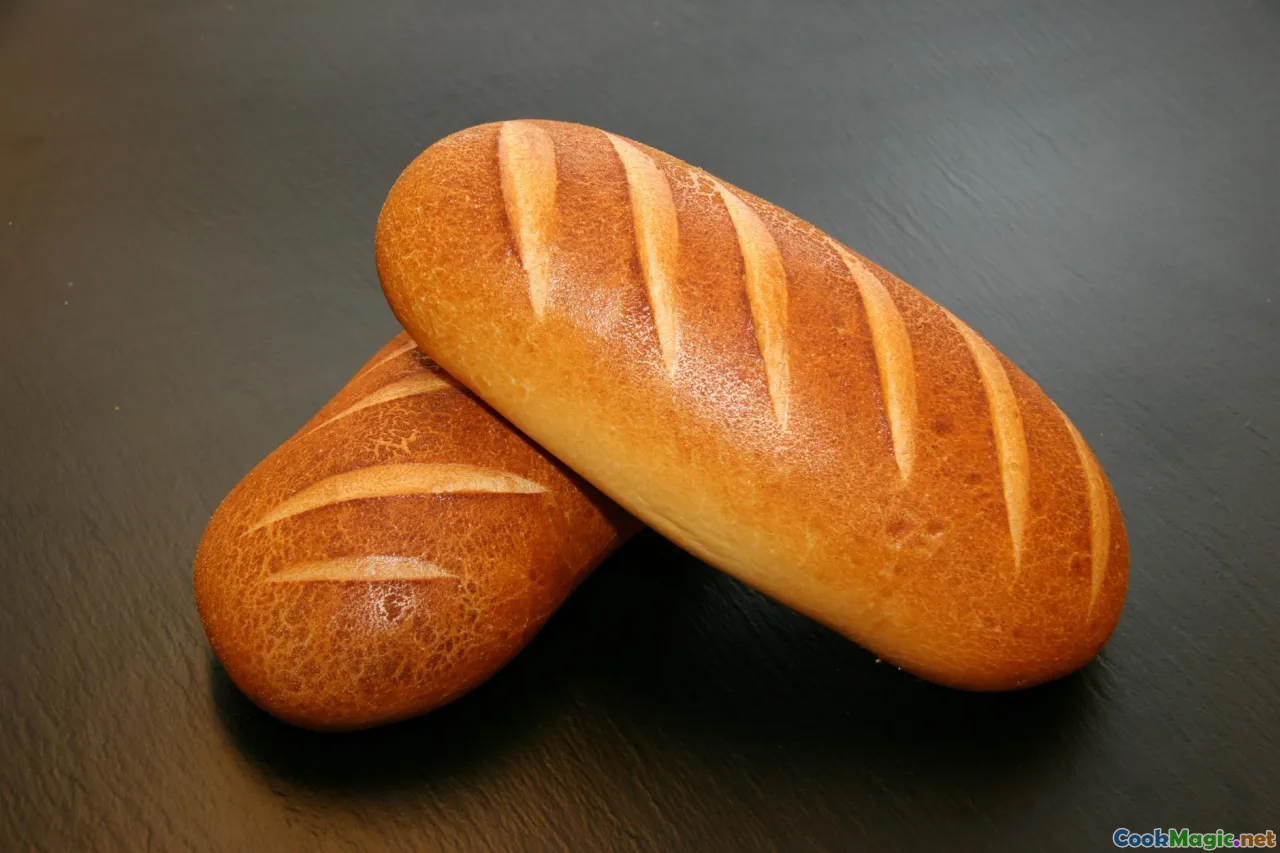The Role of Rye Bread in Icelandic Tradition
7 min read Discover how Icelandic rye bread weaves itself into the cultural fabric, history, and daily life of Iceland through rich traditions and sensory experiences. April 26, 2025 19:00
The Role of Rye Bread in Icelandic Tradition
In the vast, windswept landscapes of Iceland, where volcanic terrain meets icy fjords, there exists a humble but profoundly significant culinary staple: rye bread. This dark, dense, and slightly sour loaf isn't just food; it’s a living relic of Iceland’s history, a symbol of resilience, and a cornerstone of social and familial bonds. To understand Icelandic rye bread is to glimpse the soul of Iceland itself.
An Introduction to Icelandic Rye Bread: More Than Just Food
Imagine walking into a cozy Icelandic home, where the aroma of freshly baked bread envelops you. The scent is earthy, with hints of tangy sourdough and a whisper of sweetness from caramelized crusts. It’s an aroma that stirs memories and creates a sense of belonging. This bread, known locally as rúgbrauð, is more than sustenance; it’s a cultural touchstone, woven into the very fabric of Icelandic life.
Historical Roots: From Survival to Tradition
Origins of Rúgbrauð
The history of rye bread in Iceland dates back centuries, with roots firmly planted in the necessity of survival. During the harsh medieval period, Icelanders faced extreme climatic challenges and limited agricultural options. Rye, hardy and adaptable, became the grain of choice for early bakers. Unlike wheat, rye could grow in the cooler, poorer soils, making it invaluable for sustenance.
The Unique Baking Technique
One of the most fascinating aspects of Icelandic rye bread is its traditional baking method—underground baking. Icelanders would bury the bread in the earth, often near hot springs or volcanic areas, where geothermal heat would slowly cook the loaf over many hours or even days. This method produced a dense, moist, and intensely flavorful bread, with a crust that was dark, sweet, and chewy.
Cultural Significance: More Than Food
A Culinary Ritual
Rúgbrauð isn’t just eaten; it’s celebrated. The baking process itself is a ritual, often passed down through generations. Families would gather around, sharing stories and memories as the bread baked slowly beneath the surface. The anticipation heightened the experience—knowing that the bread’s rich aroma and hearty texture came from a tradition rooted in ingenuity and resilience.
Symbol of Community and Heritage
In rural Iceland, bread baking was often a communal affair. Clans and villages would share ovens or exchange baked goods, reinforcing social bonds. Today, many Icelanders still cherish this tradition, whether by baking their own loaf or visiting local bakeries that honor these ancient techniques.
Sensory Experience: Tasting the Icelandic Rye
Texture and Appearance
A well-made rúgbrauð boasts a dark, almost black crust that’s slightly caramelized, with a dense, moist crumb inside. The texture is chewy yet tender, with a crumb that clings to the palate, releasing a complex aroma of sourdough, malt, and earth.
Flavor Profile
The flavor is a harmonious balance of tangy sourdough notes and sweet, caramel undertones, thanks to the slow baking process that allows natural sugars to caramelize. The bread’s richness pairs beautifully with smoked salmon, butter, or even sharp cheeses.
Personal Stories and Modern Revival
Nostalgia and Nostalgic Recipes
For many Icelanders, rúgbrauð evokes childhood memories—grandparents baking in earth ovens, family gatherings around a hearty breakfast table, or simply the comforting taste of home. My own experience visiting a farm in West Iceland revealed a mother carefully tending her underground oven, preparing bread that would nourish her family for days.
Contemporary Takes and Innovations
While traditional baking methods remain cherished, modern Icelandic bakers have embraced innovations. Some incorporate local ingredients like blueberries or add seeds for texture, creating a fusion of old and new. Artisan bakeries now often feature these loaves alongside sourdoughs and other rustic breads, keeping the tradition alive in a contemporary culinary landscape.
The Enduring Legacy
Preservation of a Cultural Heritage
Today, Iceland’s rye bread stands as a testament to the resilience and ingenuity of its people. It’s a reminder that even in the most challenging environments, tradition and community can forge something enduring and meaningful.
A Symbol of Sustainability
In an age increasingly focused on sustainable and local ingredients, rúgbrauð’s story resonates more than ever. It’s a symbol of how resourcefulness and respect for nature can produce food that is nourishing, flavorful, and steeped in history.
Final Thoughts: Why Rye Bread Matters
The story of Icelandic rye bread is a narrative of adaptation, tradition, and cultural identity. It’s a daily ritual for many, a culinary legacy that bridges generations, and a sensory experience that captures the essence of Iceland’s rugged beauty. Whether enjoyed with butter and smoked salmon or simply savored plain, rúgbrauð is a humble yet profound emblem of Icelandic heritage.
So next time you bite into a slice of this dark, dense bread, remember—you're tasting centuries of resilience, community, and the unyielding spirit of Icelanders who turned volcanic earth into nourishing bread. It’s more than just food; it’s a story baked into every crumb.









